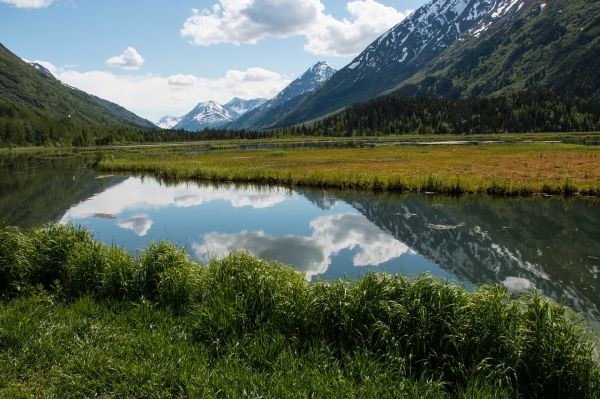Using more than 30 years of earth satellite images, scientists at Tufts University and the non-profit conservation organization Defenders of Wildlife have discovered that habitat loss for imperiled species in the U.S. over this period was more than twice as great on non-protected private lands than on federally protected lands. As wildlife face a host of survival threats ranging from habitat destruction to global climate change, the study, published today in Frontiers in Ecology and the Environment, provides evidence that federal land protection and listing under the U.S. Endangered Species Act are effective tools for stemming losses in species habitat.
Habitat loss and modification are the primary drivers of global losses in biodiversity, leading to reductions in population size and reproductive rates for many common and endangered species. Scientists have worked to identify the most effective mechanisms for preventing future habitat loss around the globe, yet most studies have had limited geographic scope or focused on only one or a limited range of species.
With a goal of understanding on a national level how land jurisdictions and conservation policies translate to habitat protections on the ground, the study authors collected large scale data on habitat extent across the U.S. for 24 vertebrate species, chosen from among those listed under the Endangered Species Act (ESA) or the International Union for Conservation of Nature’s Red List. The species examined have ranges that include both federal and non-federally owned lands, covering 49% of the country from coast to coast and including all major ecosystems in the continental U.S.
Using national databases of wildlife habitat, the researchers mapped out the 24 species’ ranges, and tracked habitat change in those ranges over time using the Google Earth Engine LandTrendr algorithm. The data revealed that imperiled species lost the least habitat (3.6%) on federally protected lands and lost the most habitat (8.6%) on private lands lacking any protections. State lands and lands protected by non-governmental organizations had losses of species habitat similar to one another (4.6% and 4.5%, respectively), but still greater than losses on federal land.
Read more at Tufts University
Photo Credit: tzvika770 via Pixabay


